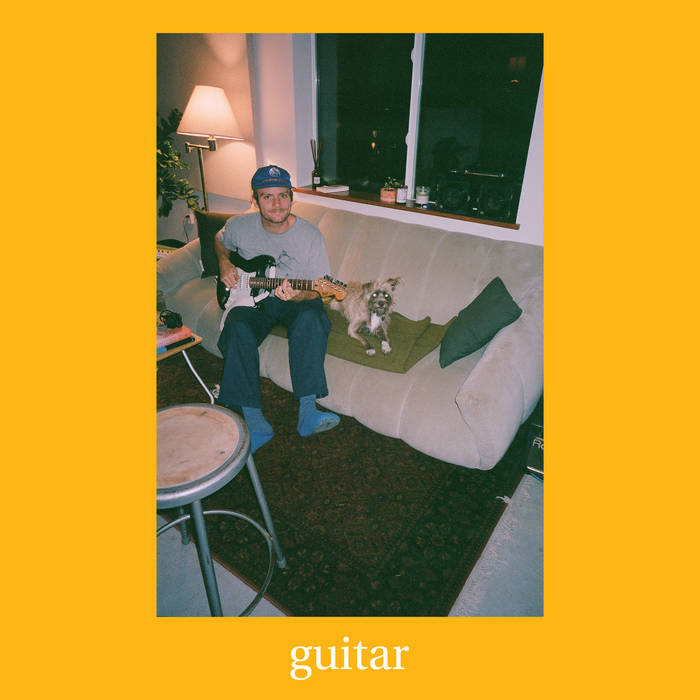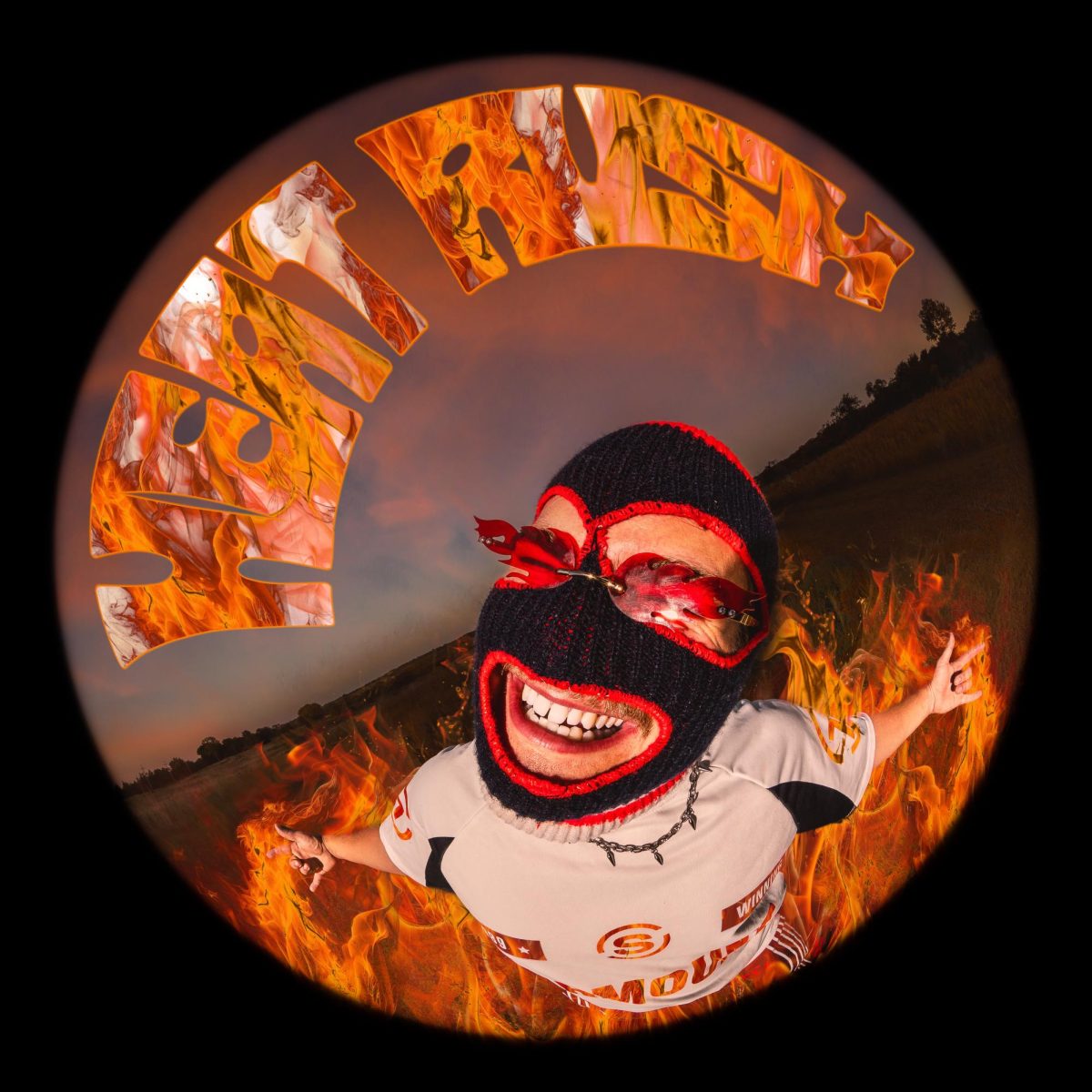By Elorm Nutakor
Last Friday, 2 Chainz released “The Play Don’t Care Who Makes It” and Ravyn Lenae released “Crush,” her collaboration with Steve Lacy. Both are EPs with less than six tracks that run less than twenty minutes, and both are refreshing contrasts to Migos’ 24-track “Culture 2” that dropped two weeks prior. I am going to use Ravyn Lanae’s and 2 Chainz’s projects as examples to consider a better direction for mainstream music releases, particularly in hip hop culture, and to challenge the notion purported by some artists that their fans desire unjustifiably long projects.
Before streaming platforms made music saturation even more standard, artists would drop mixtapes that could be downloaded on sites like Datpiff or LiveMixtapes (what’s funny is that most of the projects on these sites after a certain point weren’t even traditional mixtapes, but that conversation is kind of played out at this point). These mixtapes served different purposes: An artist could use them to promote an upcoming album, give their core fans content that they couldn’t put on an album, rap over other people’s beats for the fun of it or release low-risk collaboration projects. On these sites, it wasn’t surprising to find releases filled with 20 tracks or more. And at the time, the music industry’s conditions made that necessary. Now, however, it’s not necessary, but the trend has continued onto streaming platforms after Drake decided to sell “If You’re Reading This You’re Too Late,” which blurred the lines between a mixtape and a studio album even more. After the fact, Drake would go on to release “What a Time to Be Alive” with Future, the blueprint for the contemporary collab mixtape.
 What’s interesting now is that mixtapes are getting shorter and albums are getting longer. For example, 2 Chainz released a few projects leading up to his acclaimed 16-track album “Pretty Girls Like Trap Music.” One was the mixtape “Daniel Son, Necklace Don,” which was originally 10 tracks. Gucci Mane’s most recent mixtapes “Droptopwop” and “El Gato: The Human Glacier” contain 10 and 11 tracks, respectively, while his album Mr. Davis contains 17.
What’s interesting now is that mixtapes are getting shorter and albums are getting longer. For example, 2 Chainz released a few projects leading up to his acclaimed 16-track album “Pretty Girls Like Trap Music.” One was the mixtape “Daniel Son, Necklace Don,” which was originally 10 tracks. Gucci Mane’s most recent mixtapes “Droptopwop” and “El Gato: The Human Glacier” contain 10 and 11 tracks, respectively, while his album Mr. Davis contains 17.
This correlates with the way that the RIAA counts streams toward album unit sales: 1500 individual song streams equals one album unit, so the music industry is taking advantage of this by promoting longer albums in order to boost sales numbers. Quavo knows these rules, as he lets on in a Hot 97 interview, and that’s why “Culture 2” is unnecessarily long. That’s also why Chris Brown released a 45-track album and a 12-track Christmas bonus last year. It’s for the streams; not because they felt a need to “feed their fans.”
For this reason, getting more EPs from recording artists as opposed to “mixtapes” would be nice alternatives if albums are going to continue being too long. Four, five or even eight tracks could perform the same function that mixtapes do, and they would be a lot less overwhelming – and with less opportunity for disappointment. There’s a certain excitement when a tracklist drops with a lot of music to consume in the future, but that excitement is usually brief because you know immediately that what follows is rife with filler, filler, and more filler tracks.
EPs are also better ways for artists to do collaboration projects. Last year, there were a lot of collaborations that sounded good in theory but were mediocre in execution. Young Thug and Future’s “Super Slimey” (13 tracks), Travis Scott and Quavo’s “Huncho Jack, Jack Huncho” (13 tracks), and Fabolous and Jadakiss’ “Friday on Elm St.” (12 tracks) come to mind as collaborative projects that would have been better with less tracks. It’s especially frustrating because the prospect of two quality artists coming together to make an extensive amount of music instills a feeling of excitement. But you don’t need a lot of songs to show that you have chemistry with another artist. In fact, four to seven tracks would actually better display that chemistry; any more than that is fatiguing. What if “What a Time to be Alive” had been six tracks instead of 11? Pick your six favorites from it and that’s definitely a better release.

EPs are not a new concept; in fact, they way I’ve described the potential of EPs is similar to their original function. Another format that’s not new is Drake’s “Scary Hours.” What I’ve heard people call a two-track EP is really just a single and a B-Side. If the music industry decides to promote shorter albums instead of long ones, I’m not opposed to that either. But if an album must be long, why not just do the playlist thing that Drake tried to start with “More Life.” That format for releasing music actually has some untapped potential. Recording artists could use the playlist form to release an eclectic body of work featuring a number of collaborations and curated content performed by other artists. Just a thought.
I’m tired of the buzzword-laden reviews that suggest “trimming the fat” from a release. Commenting that a project should have been shorter has become the easiest, laziest way to critique something now. It’s a given that’s played out at this point. All of this is to say that maybe we should start being more like Drake – that can be gleaned from the amount of times I’ve referenced him in this piece. And if we were more like him maybe the world could be a better place…
Inspired by: Peter Botts, Ashwini Mantrala and Theo Bloom
Edited by Elena K. Cruz
Categories:
EPs: Make More of Those
February 16, 2018
Story continues below advertisement
Donate to KCOU
Your donation will support the student journalists of University of Missouri. Your contribution will allow us to purchase equipment and cover our annual website hosting costs.
More to Discover





